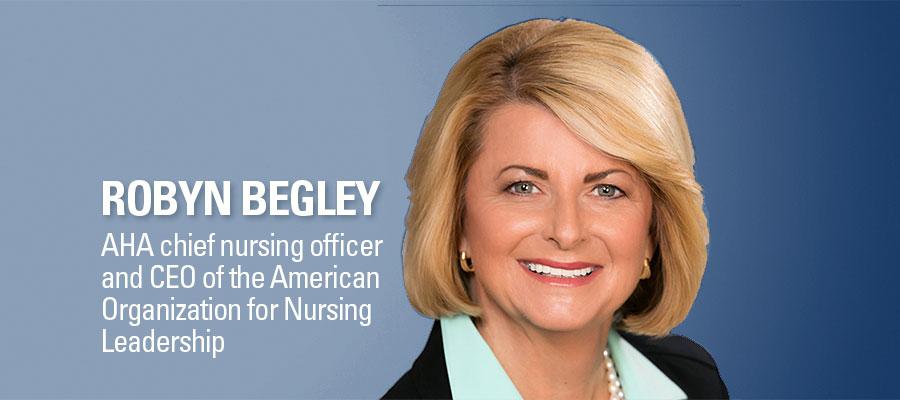Protecting our people from workplace violence

Saturday’s senseless violence at Methodist Dallas Medical Center that took the lives of two health care workers has stunned the health care community across the country. People working in hospitals are five times more likely to experience nonfatal, violence-related injuries than those working in private industry. Nurses and other staff directly involved in patient care are often subjected to violence, bullying and aggression. The pandemic marked an alarming increase in workplace violence. A recent survey found that 44% of nurses reported experiencing physical violence and 68% reported experiencing verbal abuse.
While health care workers have long accepted violence as an unavoidable part of the job, being shoved, kicked, hit, harassed, intimidated, yelled at or even worse is NEVER part of anyone’s job. Sadly, many incidents go unreported for many reasons. In talking to our members, most health care workers have a story to go with their physical and emotional scars. As health care leaders, we must urgently lead work with all clinicians, staff and leadership to drive a cultural change so no one accepts workplace violence as part of a health care worker’s job.
To help hospitals and health systems protect their employees and patients, the American Organization for Nursing Leadership and the Emergency Nurses Association developed Guiding Principles on Mitigating Workplace Violence in 2015. AONL and ENA recently updated the guiding principles using new research and incorporating best practices. This update includes a toolkit with resources and tools to customize a workplace violence prevention program.
AONL and ENA leadership identified the following principles for hospital and health systems as they build on their existing violence prevention efforts:
- Ground workplace violence prevention programs using evidence-based strategies.
- Employ comprehensive solutions, recognizing the intersecting layers of intrusive, consumer, relational and organizational violence.
- Mitigate workplace violence by establishing support through the breadth of the organization.
- Promote a culture of safety to create a healthy work environment
- Ensure interprofessional teams (leadership, staff, patients and visitors) are committed to reporting incidents of violence and acting to prevent workplace violence.
- Emphasize accountability, regardless of role or discipline, to uphold foundational standards of nonviolent behavior.
As health care leaders, we know hospitals’ #1 resource is our team, and our priority is the health and safety of our health workers so they can best care for our communities.
We encourage leaders to embrace the Guiding Principles on Mitigating Violence in the Workplace. Together, we can build an environment where health care workers, patients and visitors feel safe, appreciated and where they thrive. We also urge the health care community and policymakers to find solutions to mitigate workplace violence.
Robyn Begley, DNP, RN, is CEO of the American Organization for Nursing Leadership and also serves as senior vice president and chief nursing officer of the American Hospital Association. Nancy MacRae is CEO of the Emergency Nurses Association.

